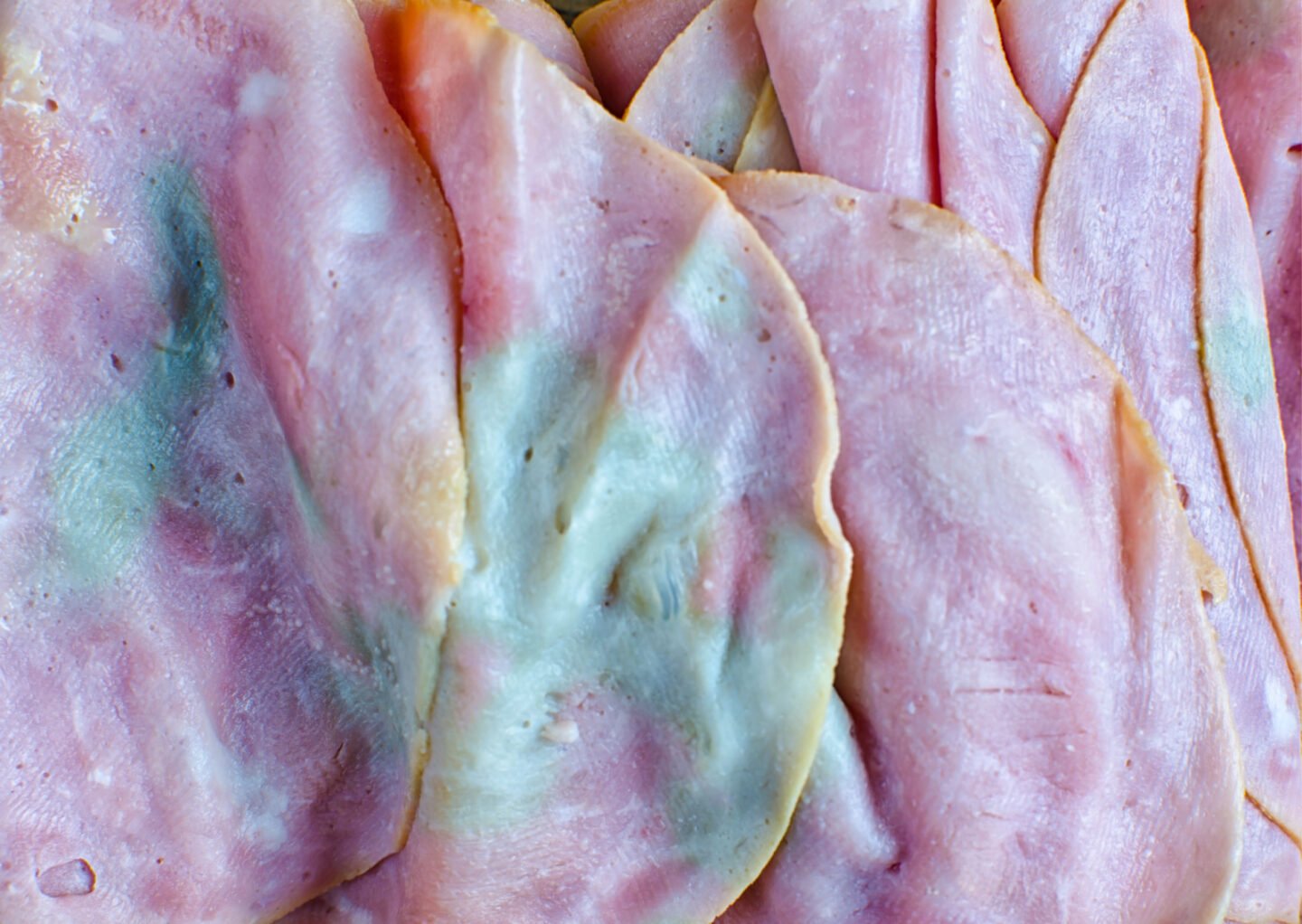Spiral ham is a holiday favorite, but nothing is more unappetizing than cutting into your beautiful ham and finding it covered in a slimy film. If you’ve dealt with slimy spiral ham, you likely had some questions about what causes it and whether it’s still safe to eat. I’m here to provide some answers.
What Causes Sliminess on Spiral Ham?
There are a few potential culprits when it comes to slimy spiral ham
-
Natural fat Spiral ham contains a lot of fat As this fat leaks out, it can congeal into a slimy layer on the ham’s exterior This natural film is harmless.
-
Bacteria growth If bacteria begins growing on the ham usually due to improper storage it can create a slimy texture. This signals spoiled meat that is unsafe to eat.
-
Mishandling: If the ham spends too much time at unsafe temperatures during processing, shipping, or storage, bacteria has time to grow. This growth causes slime and spoilage.
How to Tell if Slimy Spiral Ham is Safe to Eat
Obviously, you don’t want to take any risks when it comes to bacterial contamination and food poisoning. Here are a few ways to discern if your slimy spiral ham is still edible:
-
Give it a sniff: Does it smell funky, sulfur-like, or unpleasant in any way? Spoiled meat gives itself away on the nose.
-
Check the color: Gray, green, or blue tinting suggests bacterial growth. Normal ham should be pink.
-
Consider the texture: Is it just greasy, or does it feel tacky and sticky? The latter hints at spoilage.
-
Take its temperature: Meat kept in the 40°F-140°F “danger zone” too long breeds bacteria.
When examining your ham, remember to use all your senses. Never taste meat you even slightly suspect is bad. If you’re truly unsure, it’s better to be safe than sorry and throw it out.
Storing Spiral Ham Correctly to Avoid Sliminess
Since mishandling is a prime cause of slimy hams, proper storage is key for avoiding this unappetizing outcome. Here are some spiral ham storage tips:
-
Store ham in the coldest part of your fridge, below 40°F.
-
Wrap ham tightly in plastic wrap or foil to prevent air exposure.
-
Place ham in a resealable bag to contain leaking juices.
-
Don’t leave ham at room temperature for over 2 hours.
-
Consider slicing ham ahead forfaster cooling in the fridge.
-
Freeze ham if you won’t use it within 3-5 days.
Following these guidelines minimizes bacteria growth that causes slimy hams. Monitor your fridge’s temperature, keep ham contained, and don’t take risks leaving it in the “danger zone.”
Can You Save a Slimy Spiral Ham?
If you’ve already cut into your holiday ham and find it slimy, is it a total loss? Unfortunately, the answer is generally yes. Slimy texture shows bacteria has multiplied, and heating and cooking can’t reverse that contamination.
However, if you catch the slime early, you may be able to salvage the outer portions. Carefully trim off any slimy sections, then thoroughly scrub the ham with hot water, salt, and vinegar to kill bacteria on the surface. Cook it immediately to 165°F. But be very cautious, and discard it if you have any lingering doubts.
Prevention is definitely better than a cure here. Follow proper spiral ham storage rules to avoid finding yourself with a slimy ham in the first place. But if tragedy strikes, remember—when in doubt, throw it out! Don’t take risks with your health.

Things You Should Know
- If ham starts to smell bad, change color, or feel sweaty or slimy, it’s bad.
- Wrap ham in foil, butcher paper, or plastic wrap to keep it in the fridge. You can also put it in the fridge in a container or freezer bag that won’t let air in.
- Ham usually stays good for three to five days in the fridge or one to two months in the freezer.
StepsSection 1 of 4:
Co-authored by:
Slimy Ham
FAQ
Is slimy ham expired?
Can you wash slime off ham?
Does spiral ham go bad?
Why is there jelly in my ham?
Why is my ham slimy?
Ham can be slimy for various reasons. First of all, it can be a harmless film produced by the fat in the deli meat. The fat in the meat leaks out and congeal, and the result will be having slimy lunch meat laying around inside your fridge. Another reason could be that the shop where you got your deli meat from used an already open piece of meat.
Why is my ham so sticky?
The texture of the ham can offer valuable insights. While ham naturally has a slightly tacky feel, an excessively slimy or sticky texture is a red flag. If the ham feels unusually wet or slippery, disposing of it is recommended to avoid potential foodborne illnesses. Excessively slimy or sticky texture is a red flag.
How do you know if a ham is slimy?
If the surface of the ham is slimy or sticky, this is a sign of bacterial growth. To prevent your ham from becoming slimy or unsafe to eat, proper storage is essential: Refrigeration: Store ham in the refrigerator at 40°F (4°C) or below. Freezing: If you won’t consume the ham within 5 days of opening, freeze it in smaller portions.
Is slimy Ham a sign of spoilage?
Yes, sliminess in ham can indeed be a sign of spoilage. When ham becomes slimy, it often indicates the presence of bacteria or other microorganisms that have multiplied and caused the texture change. These microorganisms can produce harmful toxins that can cause food poisoning if consumed.
